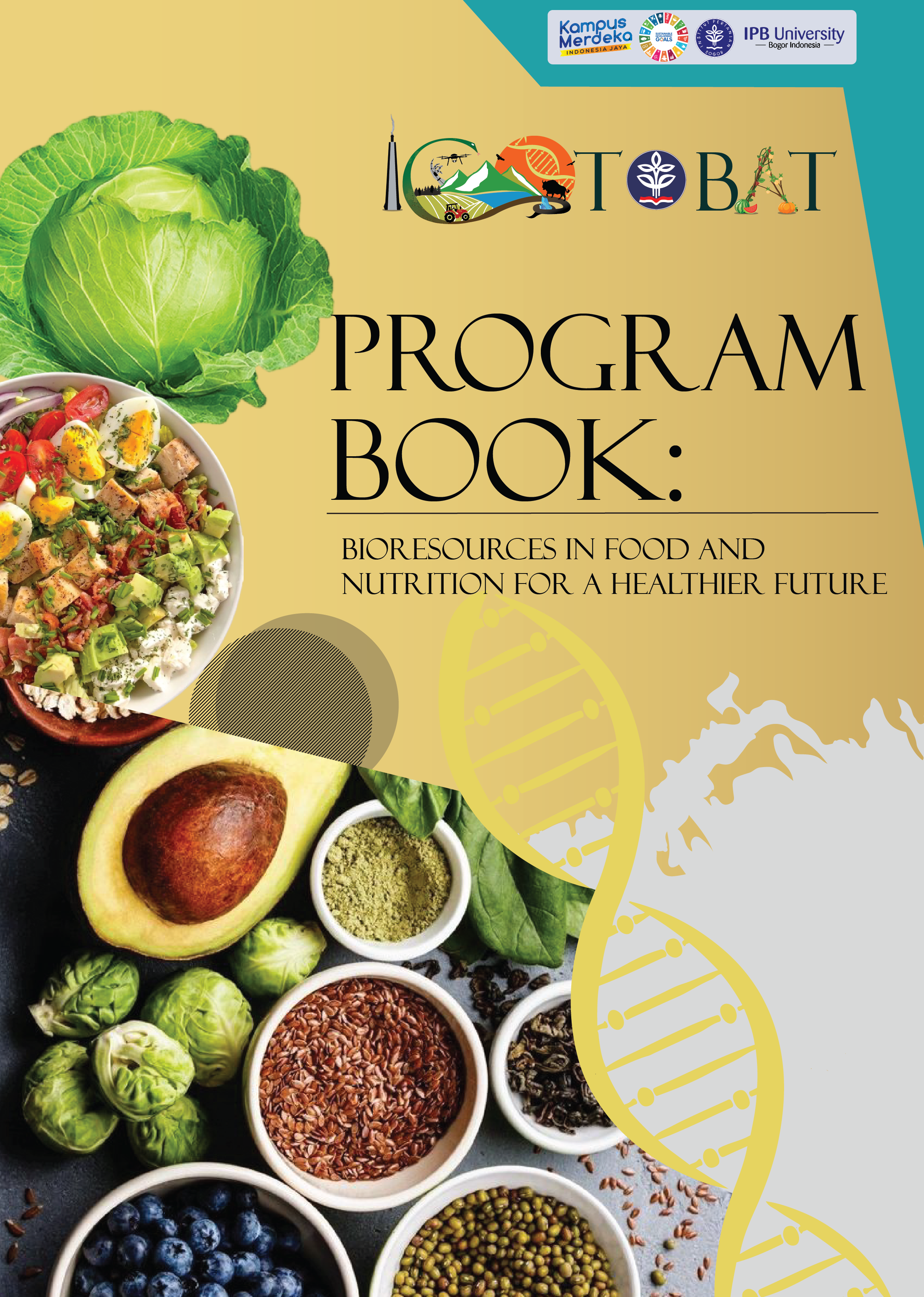Anti-Hyperglycemic Potential of Mace Water Extract from Myristica Fragrans Houtt
Keywords:
blood glucose, diabetes mellitus, HbA1c, hyperglycemic, myristica, streptozotocinAbstract
This in vivo study was conducted to investigate the antihyperglycemic potential of the mace water extract from Myristica fragrans Houtt. Oral starch and glucose tolerance tests, measurements of fasting blood glucose, glycated hemoglobin (HbA1c), body weight, water consumption, and relative weight of organs of experimental animals were performed to evaluate the effect of mace water extract on normal rats and hyperglycemic rats induced by streptozotocin. Acutely, mace water extract (75 mg/kg BW) was able to inhibit the spike in blood glucose in the oral starch and glucose tolerance test with a lower area under the curve (AUC) value than the negative control. Streptozotocin-induced hyperglycemic rats that received mace water extract (75 mg/kg BW) for 28 days also showed lower fasting blood glucose and HbA1c than negative controls, even when compared with positive controls (10 mg acarbose/kg BW). This positive effect is also supported by the results of estimated body weight, water consumption, and relative weight of organs of experimental animals. The findings in this study indicate that mace water extract has been proven in vivo to have antihyperglycemic potential and has the opportunity to be used as a functional food ingredient.






























